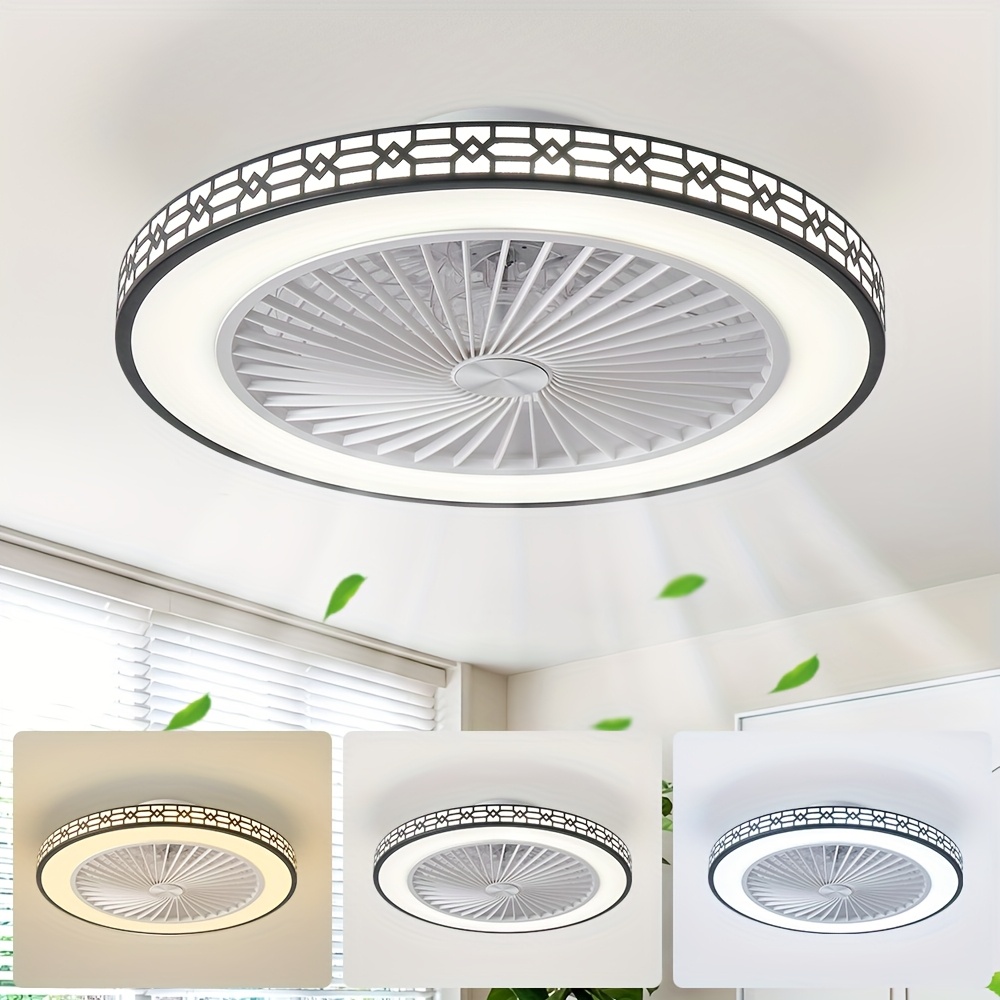Selecting the correct fan size ensures balanced airflow, quiet operation, and energy efficiency. Whether you’re outfitting a small bedroom or a compact hallway, this guide helps you choose the ideal diameter and placement.
Quick Sizing Reference
- Up to 75 sq ft (small bedrooms, offices): 19–36 inches
- 76–144 sq ft (standard bedrooms): 36–44 inches
- 145–225 sq ft (living rooms): 44–52 inches
- 226–400 sq ft (large rooms): 52–60 inches
Our 19.7" flush-mount fans are perfect for compact rooms where overhead clearance is limited.
Ceiling Height and Mount Type
For 8-foot ceilings, a flush mount is recommended to maintain safe headroom. Taller ceilings can use a downrod to position blades 8–9 feet above the floor for optimal airflow.
Blade Span vs Airflow
Blade span correlates with the volume of air moved. However, motor efficiency, blade pitch, and room obstructions also matter. Look for balanced specs rather than size alone.
Placement Best Practices
- Center the fan in the room or above the primary seating area.
- Maintain at least 18–24 inches from walls and cabinets.
- For multiple smaller spaces (e.g., galley kitchens), use two compact fans rather than one oversized unit.
When to Choose Compact (≈20") Fans
Use compact fans in spaces under 100 sq ft or where a low profile is required—nurseries, small bedrooms, closets, hallways, mudrooms, and bathrooms with appropriate damp ratings.
FAQ
Will a small fan cool a larger room?
It will circulate air but may feel insufficient. Consider stepping up to 44–52 inches for spaces over 150 sq ft.
Do I need more than one fan?
In long or L-shaped rooms, two smaller fans can deliver more even airflow than a single central unit.
